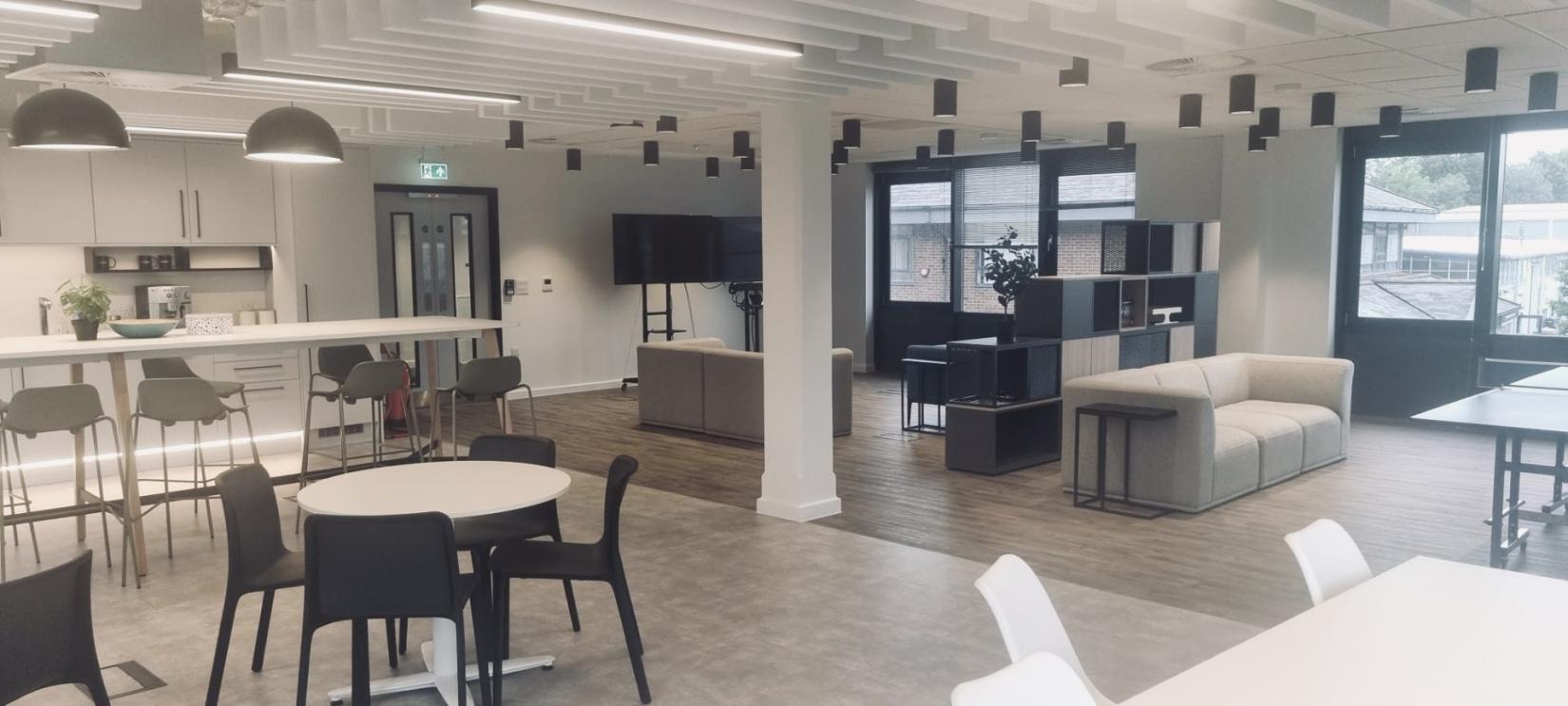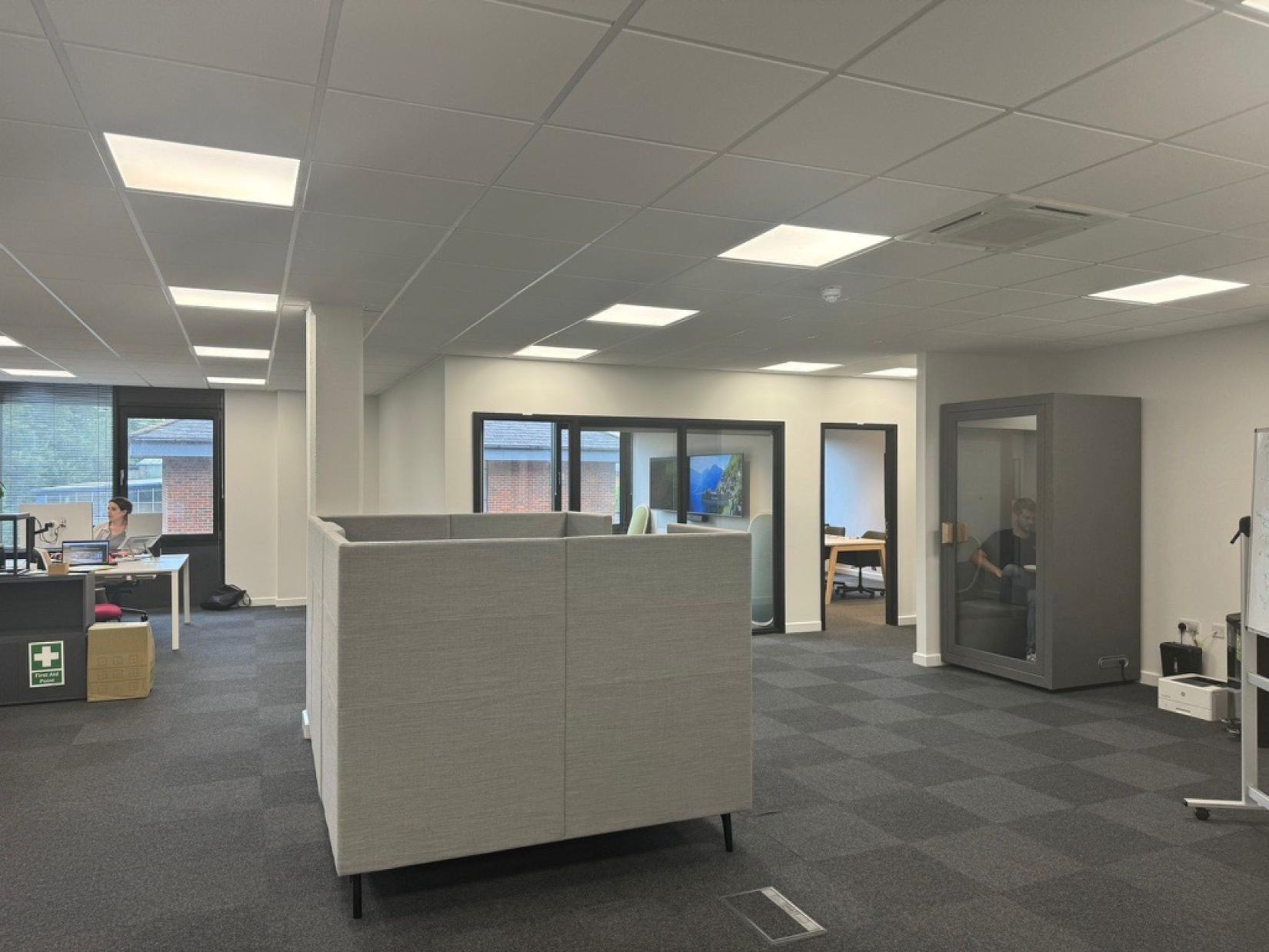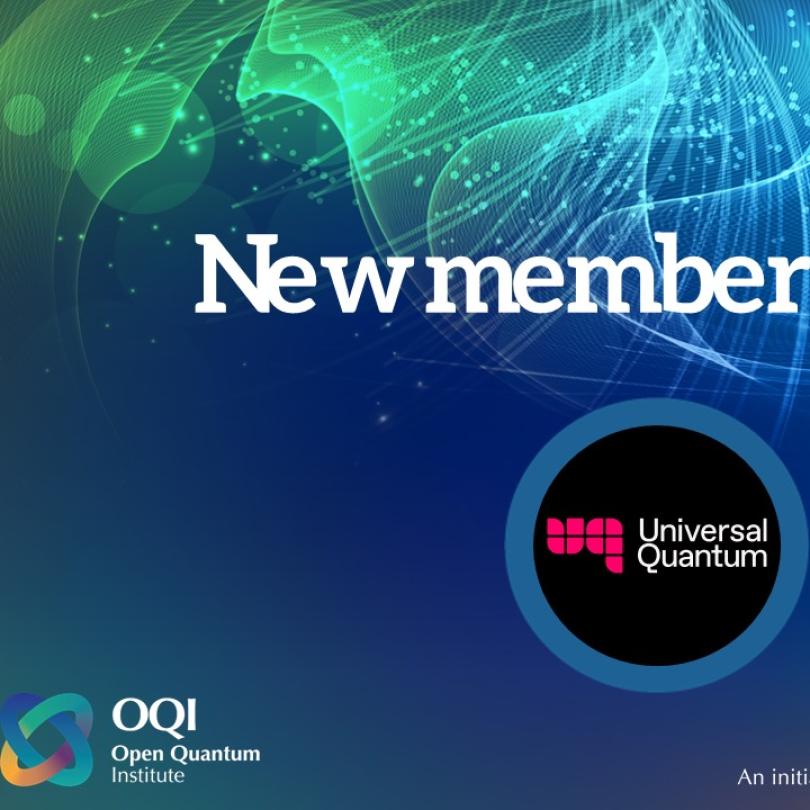Blog post by Amy Skippings - Talent Acquisition and Operations Lead at UQ
Intersectionality is a way of understanding that there are many parts to a person’s identity, and this means that we have a unique experience of discrimination based on this multiplicity.
There are a lot of buzzwords in the diversity, equity and inclusion space (DEI for short). In the last 10 years, we’ve seen the conversation mature and evolve beyond gender and race to include sexuality, gender identity, disability and neurodiversity as well as starting to recognise the intersectionality between these parts of our identities.
On the one hand, buzzwords can help create awareness and support movements but, on the other, they can be used without due care and, crucially, without the understanding to make an impact. Neurodiversity isn’t a new concept and, despite becoming a bit of a buzzword within the DEI movement, it’s a real, lived experience for many people.
Neurodiversity is an umbrella term referring to the natural diversity of the human brain, and I’m deeply encouraged to see awareness increasing here. However, as with any term that gains traction and becomes part of a movement in the DEI space, there’s a lot of misinformation and tokenistic adoption. Prior to joining UQ, I’ve had the opportunity to work with many organisations determined to move the dial and build inclusive ecosystems which support neurodiverse individuals.
Why? Because much of the world as we know it – our physical spaces and buildings, our education system, the culture of our organisations, our systems, processes and social “norms” are designed for the “neurotypical” brain. Autism spectrum disorder, ADHD, Dyslexia and Dyspraxia are terms which characterise some of the ways neurological differences can manifest.
I believe it’s also important to talk about mental health manifestations such as bipolar, anxiety and depression when it comes to building inclusive ecosystems, particularly given the concerning indicators about our wellbeing which have been thrust into mainstream consciousness over the past several years.
The fundamental need for diversity is well-evidenced… it’s the right thing to do and it’s also a necessity for building effective, robust, innovative ecosystems. The now ten-year-old McKinsey report which demonstrated that businesses with ethnically diverse teams are 33% more likely to outperform their peers on profitability helped move the dial, with diversity, equity and inclusion strategies being formulated as commercial imperatives as well as social justice indicators.
Lived experience
20% of the people are thought to be neurodivergent.
50% of individuals who are neurodivergent do not know that they are – and this opens up the conversation around diagnosis and disclosure which may be considered constructs of medical models of disability where difference is characterised as disorder, rather than social models which seek to create equity, inclusion, and parity for all. That is not to diminish the value of diagnosis and the power this can give to some, but non-disclosure models and inclusive design as standard may help us to better achieve our goals when it comes to recalibrating our workplaces, organisational culture and social norms.
Impact
Look around your own organisation, group of friends, community and apply this statistic.
- For every 50 people, 10 will be neurodivergent
- For every 500 people, 100 will be neurodivergent
- In the UK, it will be 14million people
Built environment – the workplace
Now, imagine walking into a standard office space… what might you see?
- Bright, artificial lighting
- Garish colours
- Open plan desking with people taking Teams calls in the open
- Abstract, or minimalist signage

I like to run a quick exercise during education/ awareness sessions:- a quick check-in with attendees about their home working environment.
- Do you listen to any music/ sounds while you work, or is silence better?
- Do you move around or stay in one place?
- What kind of lighting have you set up – do you use task lighting?
- Do you prefer to sit or stand?
- What is your optimal temperature?
Responses to these questions demonstrate, albeit at a basic level, that we do not thrive under the same conditions and, in many cases, we have choreographed our optimal environment in our homes. If the office does not provide variety and choice, there will be individuals across the team for whom the baseline environment presents challenges.
Considerations
So, what can we do about it?
Here are five simple, low-cost built environment considerations to provoke thought:
- Provide noise-cancelling headphones
- Provide task lights per desk
Allocate a proportion of your workstations to quiet, “library setting” desks – these may be surrounded by acoustic partitions, located away from collaboration spaces, include individual acoustic desk dividers, and carry different etiquette such as avoiding taking Teams calls whilst working there - Provide breakout spaces where more collaborative, stimulating work can take place and offer an array of comfortable furniture options
- Ensure wayfinding is clear – numbering meeting spaces rather than relying simply on names, and incorporating standard symbols and arrows into signage for clarity. For larger spaces, the use of sensory maps which mark areas according to their level of noise and stimuli might also be considered
- There are numerous considerations that can be integrated into the design of the physical space, but the most important step that we can take is to initiate meaningful dialogue and consult colleagues. Ask for feedback about measures that have been implemented and provide the opportunity for team members to make suggestions and discuss needs/ preferences.
At UQ, the ecosystem we are building to deliver our mission is just as important as what we are delivering. We appreciate the diversity across our team – not only that, but we want to build an ecosystem where people aren’t shut out. Since 2023, we have invested heavily in our physical workplace as a key pillar of our inclusion strategy. In practice, this means implementing principles of inclusive design where we can, and consulting our people as we continue to test and learn.
For example:
- There are now a variety of spaces to suit different tasks and activity-based working (these include booths, meeting spaces, breakout/ informal collaboration spaces and multi-purpose areas for socialising/ presenting)
- This provides flexibility and choice for different thinking/ learning styles and environmental sensitivities
- We have a wellbeing space
- This encourages disconnection and respite (as well as enabling reflection [including prayer and meditation])
- There’s lots of natural light
- This improves mood and reduces exposure to harsh, artificial lighting which can trigger sensitivities
- We’ve opted for a calm colour palette and the use of timber
- This activates feelings of calm and can be helpful for sensory sensitivities (with brighter colours being used sparingly in those areas where collaboration is encouraged)
- Layouts are well-defined and adhere to generous accessibility dimensions
This ensures spaces are easy to navigate. We are continuing this journey with the installation of carefully designed wayfinding which avoids the use of abstract symbols and capital letters (these can be challenging to interpret).

The whole picture
Considering the built environment is just one part of the picture. For some remote workforces, these considerations will not be relevant. It is therefore critical to consider the work ecosystem in its entirety when designing for neurodiversity.
- People
- Place
- Process
- Technology
- Space
In March, I ran a neurodiversity education session for the company where we explored different considerations, lived experience, and things we can do to ensure we are inclusive and foster belonging.
During my career, I’ve witnessed time and time again the implementation of policies, inclusive workplace strategies, awareness-raising campaigns and other such measures without the culture to enable their impact. If we’re not talking about this openly and signalling support through our behaviours, systems and processes then we are not enabling people to thrive and take advantage of the measures we’ve put in place. Things like meeting culture, expectation-setting, and time given for tasks – these can have a profound impact on individuals who are neurodivergent. Assuming that everyone will pick up “the way things are done around here”, or find processes intuitive is the wrong assumption to make, and it can really impact someone’s ability to deliver. Having a flexible working policy is great, but are your leaders role-modelling flexible working to show that it’s culturally endorsed? I’ve seen many a policy fall flat in organisations where the culture doesn’t meet the measure.
This is just the beginning
We recently featured in the Sunday Times Best Places to Work. We celebrate the feedback from our people that they feel heard, valued, respected, included and safe, but even great inclusion scores will not tell you the whole story. We can’t rely on survey data to inform strategy – we must be working to uncover the nuance and make adjustments to our approach in real-time. Efforts that you make at one point in time do not carry the organisation long-term… we have to keep working at it.
Keep learning, keep asking questions, keep challenging our assumptions and ways of doing things to expose where we are alienating members of our community, or indeed precluding people from joining our teams in the first place.




